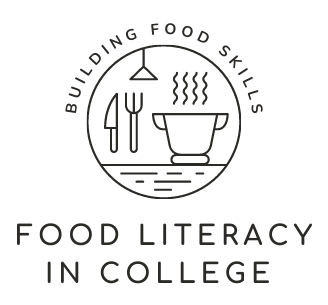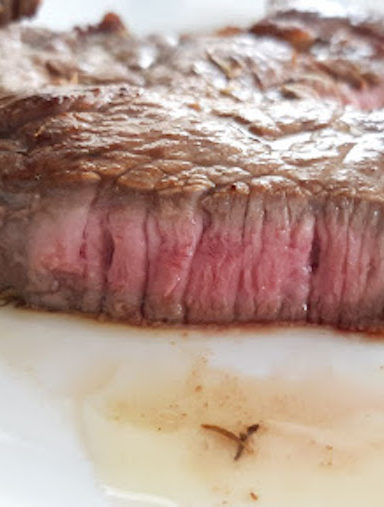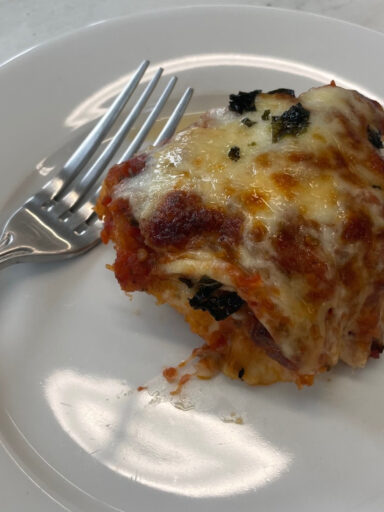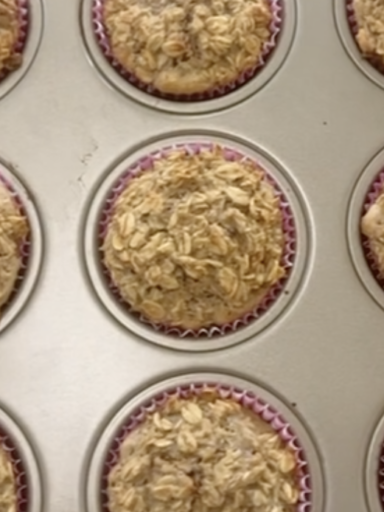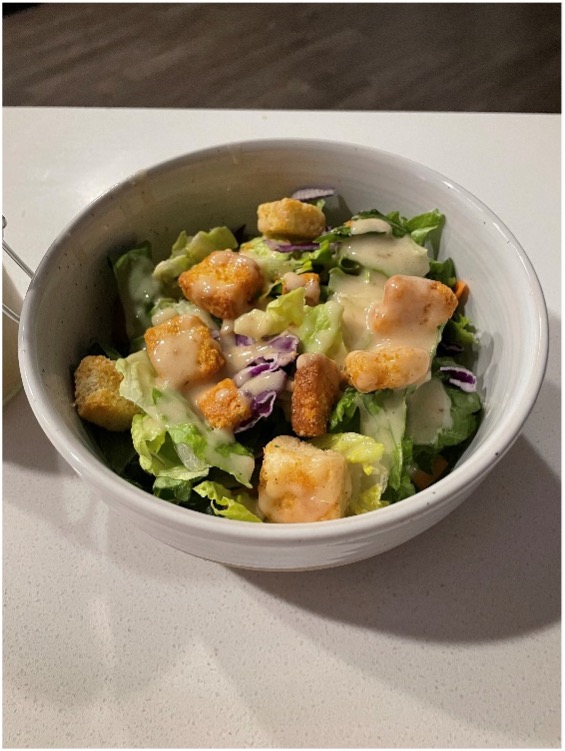
This recipe impressed me on a few different fronts; it tastes delicious, is simple to make, and is an economical choice for college students. Usually when I make meals from websites, I find myself dedicated to the kitchen for at least a few hours. This recipe on the other hand only required 10 minutes of preparation and the results outweigh the required effort.
Cost Breakdown
| Ingredient | Amount | Unit Cost of Ingredient | Recipe Cost of Ingredient |
| Red wine vinegar | 1/4 cup | $2.49/12.7 fl oz | $0.39 |
| Dijon mustard | 2 Tbsp | $1.25/12 oz | $0.10 |
| Extra virgin olive oil | 1/2 cup | $4.99/16.9 oz | $1.18 |
| Lemon, juiced and zested | 1, whole | $0.69 | $0.69 |
| Garlic, finely minced | 1 clove | $0.50/bulb | $0.05 |
| Honey | 1 Tbsp | $4.69/12 oz | $0.20 |
| Salt | 1 tsp | $0.58/26 oz | $0.01 |
| Black Pepper | 1/4 tsp | $3.99/4 oz | $0.04 |
| Dried Oregano | 2 tsp | $3.99/1.37 oz | $0.97 |
| Total Recipe Cost | $3.63 | ||
| Cost per serving (8 servings) | $0.45 |
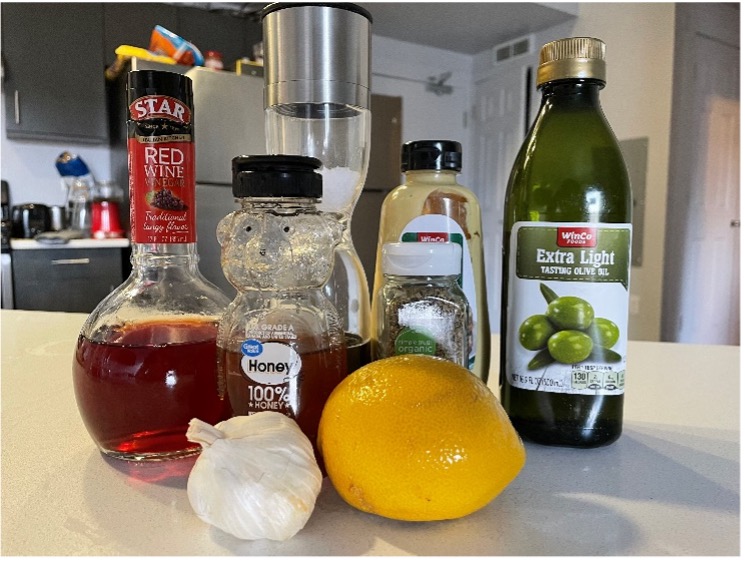
Making the Vinaigrette
Besides the lemon zest, juice, and minced garlic, everything else was simple to measure out and add to the blender container. For those who have never zested a lemon before, all you simply have to do is lightly run the exterior of a lemon back and forth on a grating surface. You can buy zesters specifically for this purpose, but I used the smallest grate setting on a cheese grater, and it worked just fine! I find it much easier and less stressful to get everything gathered and measured out prior to starting the production of the recipe. Luckily all of the ingredients required for this recipe were readily available and cheap. Because I am a college student, I didn’t have access to many small bowls to store my ingredients for a proper mise en place. For the sake of demonstration, I added the olive oil, red wine vinegar, and lemon juice to a measuring cup and the remaining ingredients to a bowl. I would recommend simply adding everything directly into the blender container to limit the number of dishes that need to be cleaned.

Garlic Preparation
For me, dealing with garlic was the most difficult aspect of this recipe. It can make surfaces sticky, it is hard to peel, and smells very strong. Despite this, I learned in recent years a very easy method to separate the clove from its peel. I found it is best to lay your chef’s knife on top a clove of garlic parallel to your cutting board and press firmly on the flat blade. The skin will come right off after that. After this, you can simply rock your knife back and forth until you get a very small dice similar in size to the picture below (smaller is better).
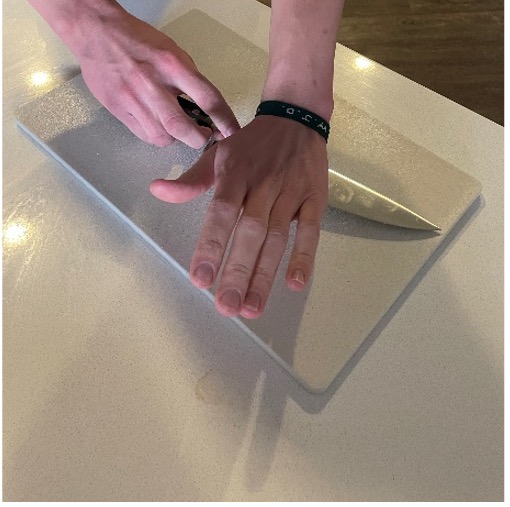

Emuslification
After all the ingredients are in the container, all you have to do is blend it. As you have likely figured out due to past experience, oil and water don’t mix very well; they will usually separate and form distinct layers. This is due to the difference in polarity in polar (things like water and vinegar) substances and non-polar (fats, oils) substances. Even though this property can stop vinaigrettes from being uniform, there is a solution. Emulsification can be utilized to bring together substances of opposing polarities together to create one cohesive product. With the presence of high speeds and an emulsifier (Dijon mustard in the case of this recipe), we can make a delicious vinaigrette.
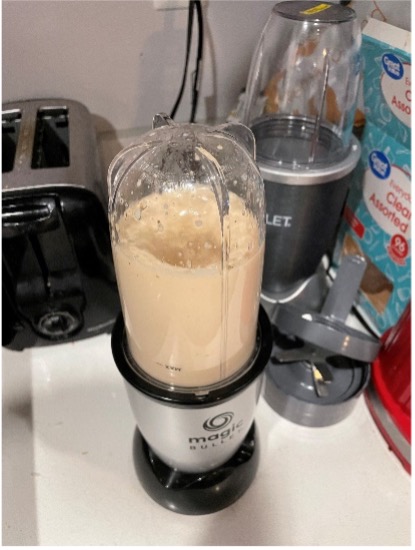
Cost
As I mentioned earlier, this recipe is incredibly cheap to make and is perfect for college students wanting to add something new to their salads on a cheap budget. There are a few things you can do to keep the cost low and possibly even make this recipe for less money. For example, you can purchase all ingredients from generic brands. You can also purchase ingredients like salt, black pepper, and olive oil in bulk. These items will be cheaper when purchased in larger quantities and will last a long time before they go bad. This recipe calls for oregano in either dry or fresh form. Another way to save money would be to grow oregano in a garden and use it for this recipe. You could also buy a small potted oregano plant and use the leaves for other recipes as well! Remember that the ratio between dry and fresh herbs is 1:3 when considering replacing one with the other. Unfortunately, none of the ingredients in this recipe are available at the Aggie SNAC pantry, but this recipe is still cheap to make!
Overall, the total cost of this recipe is $3.63 and with 8, 1 oz servings, the cost of each serving comes out to $0.45. Below I have included a detailed cost breakdown of all the ingredients required for this recipe. All prices are based off current prices at Smith’s Grocery store (Kroger brand).
My Thoughts
I really enjoy this recipe! I am not one to eat salads too often, but this vinaigrette has helped encourage me to get more greens into my diet. I would suggest serving it on any leafy green mix and with your favorite salad toppings. I personally just ate it with croutons, and I was satisfied, but you could also add fruits or nuts to improve the flavor profile. I don’t really have any suggestions as to ways to improve this recipe drastically. Perhaps it would be even better to use fresh oregano rather than dried, but that’s something I’ll have to try out in the future!

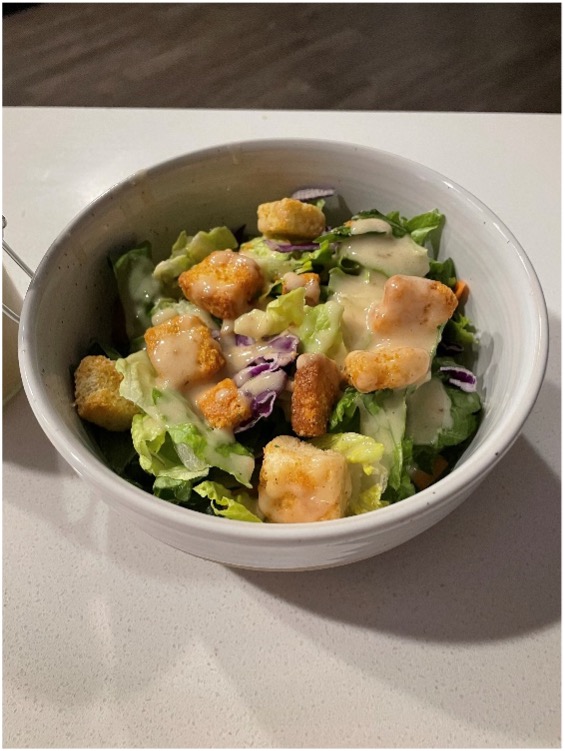
Lemon Vinaigrette
Ingredients
Instructions
- Gather the ingredients listed above as well as a high-speed blender.
- Using a fine grater, zest a whole lemon and place the zest into the blender container.
- Using that same lemon, use a reamer to extract the juice (or simply squeeze it). Collect juice in blender container.
- Mince one clove of garlic and add to blender container.
- Measure out and add the remaining ingredients to the blender container.
- Place secured container into blender base and blend for 30 seconds.
- Refrigerate and let flavors blend for at least 30 minutes, preferably 2 hours, before serving.
